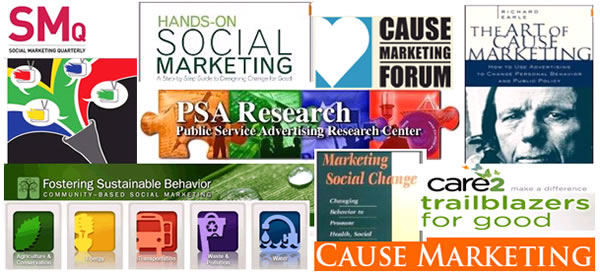Most people in the business of marketing have carved out a niche in one of the respective disciplines – advertising, promotion, public relations, direct response, etc. Regardless of which path you’ve chosen, as a true professional you consider yourself a marketing person first and an advertising (promotion, PR, direct response) person second. It’s like being an American first and a New Yorker a close second.
In essence, the “big picture” comes first, or at least it should.
But unless I’ve missed something, it really hasn’t in the case of “social cause” marketing. Marketing efforts against drug abuse, AIDS and the environment, to name a few, are one dimensionally skewed from an advertising platform. Little of the so-called marketing integration flows from a master marketing plan where each respective discipline carries the message forth on its own weight.
To be effective against such enormous consumer franchises as the illegal drug trade, we have to start viewing it as a “product,” like a giant bar of soap out of control. Accordingly, we have to apply the same consumer franchise-building techniques used in successful product marketing to help retard the growth – to disenfranchise the “product” from the purchaser. I believe the longterm value of a disenfranchise marketing direction (franchise building in reverse), both in planning and execution will realize more significant gains against objectives, i.e. awareness, and non-trial.
“Street-level” Promotion
Even the dynamic and dramatic advertising produced by the Partnership for a Drug Free America is hard put to reach its maximum effectiveness working in a limited media environment.
While it may exist, I haven’t seen a promotion vehicle delivering the Partnership’s creative strategy. The integration of “street-level” promotional efforts so inherently part of effective consumer marketing would enhance the impact of the media message.
I’m referring to, for example, “point of purchase” material that hits just as hard as advertising. Posters on street comers and incentive-based programs such as stay clean and “win” (vocational training) could impact some users. We need to start viewing the marketing community’s contributions towards social causes a little differently. The contributions must come from an integrated marketing program.
Whether we’re talking about “disenfranchising” efforts against the drug trade or consumer consciousness-building on environmental issues, unless we start viewing situations in terms of true product marketing, we will never realize the power of our collective disciplines.
Mr. Medney is the former director of sales promotion for A&W Brands, White Plains, New York. Reprinted with permission from Advertising Age.







Leave A Comment